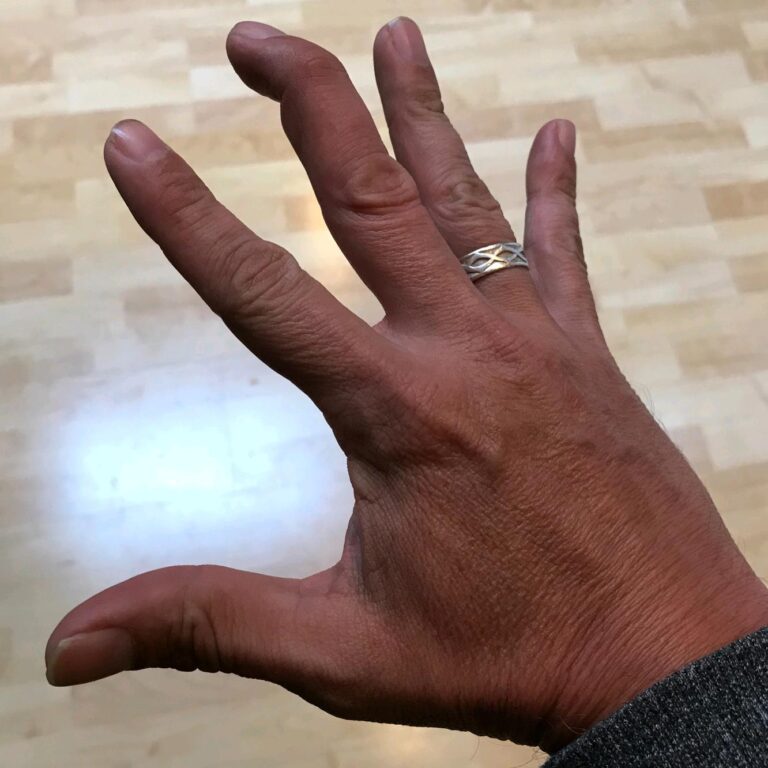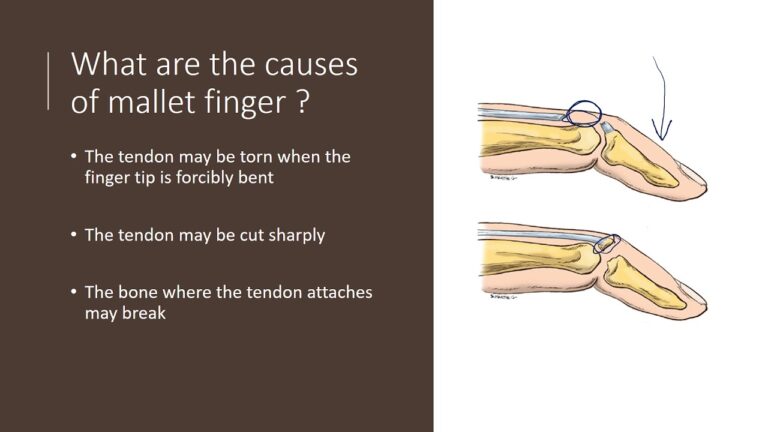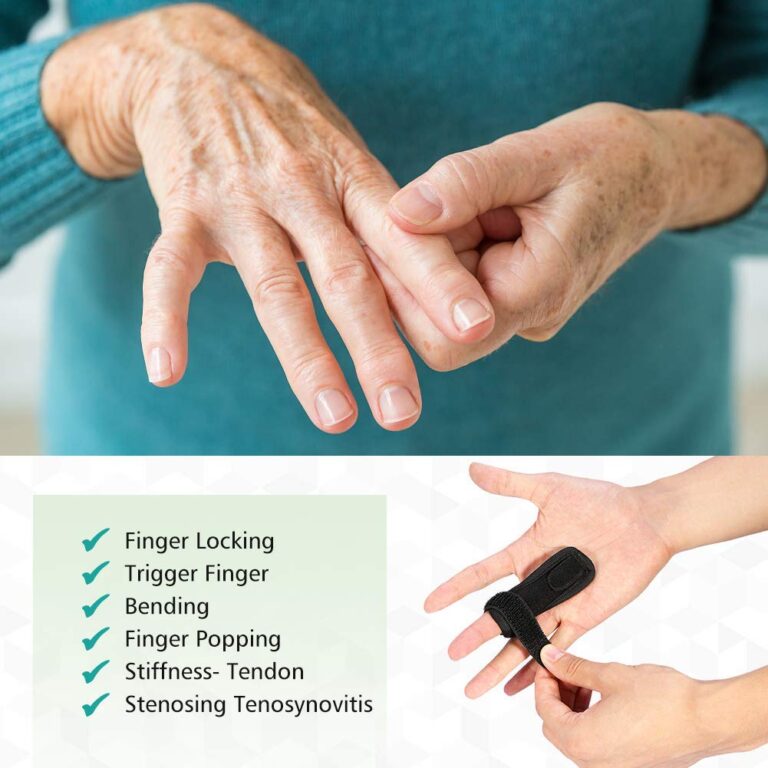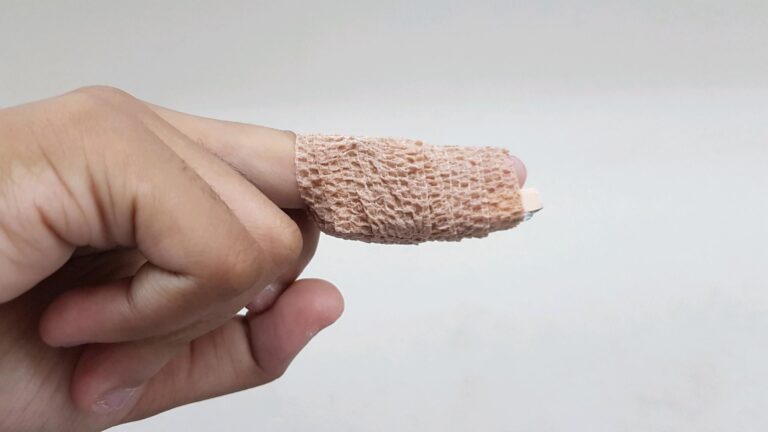HAMMER FINGER: BASEBALL FINGER
Hammer’s finger is a distortion of the finger that is a typical issue for baseball players. Consequently, it is additionally alluded to as a baseball finger or drop finger. This includes a physical issue with the ligament at the tip of your finger. You might find yourself unfit to fix your finger, and it might hang at the top.

The baseball finger injury happens regularly among sports like baseball, b-ball, or football. At the point when you attempt to get a hardball and hit your drawn-out fingertip prompting a physical issue influencing the finger. This may generally influence the lethargic hand.
WHAT LEADS TO HAMMER FINGER?
Ordinarily in sports, an immediate hit to your lengthy fingers from the ball can crack the ligament that fixes the tip of your finger. This is alluded to as the extensor ligament. Indeed, even those of lesser power or direct effects can have a similar impact.
Hammer’s finger is typically normal among athletes or competitors, yet it can likewise happen while performing family exercises. You are probably going to strike the tip of a finger on an immovable item like an entryway or divider.
Ligaments resemble a rope that joins your unresolved issues muscles, giving solidness and movement. Because of injury, the ligament can tear or segregate from the finger bone. At times, your physical issue might influence your finger bone alongside the ligament. You can’t fix your finger if you have a hammer finger hanging at the tip causing agony and enlarging alongside the wound.

Hammer finger injury will make your finger:
- Hang at the tip
- Look wounded and enlarged
- May cause torment
The fundamental justification behind the hammer finger is a hard catastrophe for the ligament. However, here and there it can likewise result from a minor power on the ligament. Hammer finger injury brought about by a low effect happens often in more established ladies, during exercises like placing on socks or making a bed.
WHAT ARE THE SIGNS AND SYMPTOMS OF MALLET FINGER?
Your finger might feel agonizing after the injury, and the tip of your finger will hang. You’ll in any case have the option to utilize your hand. Torment is frequently connected with a bone break.
Other hammer finger side effects are:
- Redness
- Expanding
- Swelling
- Delicacy
- Failure to fix
If your nail is additionally harmed and is disconnected from the nail bed or has blood under it, it very well might be an indication of a cut or a bone break.

HOW TO DIAGNOSE MILLET FINGER?
Your doctor will want to analyze the hammer finger by looking at your dropped fingertip. They might arrange an X-beam and perhaps an MRI or ultrasound to see the degree of the injury to your ligament and bone.
An X-beam will show the crack of the ligament, any bone break, and regardless of whether the bone is lopsided. The ultrasound and MRI are more delicate in imaging bone sections that might be involved.

HOW TO TREAT MALLET FINGERS?
To treat the aggravation and enlarging of a hammer finger right away:
- Apply ice.
- Hoist your hand so your fingers are over your heart.
- Ingest nonsteroidal mitigating medications (NSAIDs)
Hammer finger wounds are normally treated without a medical procedure, except if the injury is persistent. If the hammer finger is left untreated, your finger can turn out to be firm. Or on the other hand, the finger might foster a swan neck distortion, where the joint curves the incorrect way.
- Bracing: This is the principal line treatment for a hammer finger. The objective is to keep the fingertip straight in the support until the ligament mends. Normally, your mallet finger will remain in support for somewhere around a month and a half. You might be encouraged to wear your support for other high-hazard exercises, like manual work or sports, during those fourteen days. There are many sorts of braces accessible. Some are stuck to your fingernail. Some might be cushioned. None has demonstrated to be better than the others.
You wear the brace while washing or showering. A short time later, be mindful to keep the finger straight on a level surface while you remove the support to wash and dry this is since, supposing that you twist it, you can loosen up the ligament again and need to rehash the recuperating system.
It’s essential to completely follow the supporting daily schedule. Assuming the joint in question (the distal interphalangeal) is permitted to flex for a month and a half, you’ll need to start the bracing system once more. At times, while the supporting routine is troublesome, the specialist might embed a brief pin to hold your joint straight for the eight-week recuperating period. - Medical procedure: This is the most complex treatment for hammer finger wounds. These include:
- The joint isn’t adjusted as expected.
- The ligament is required to unite with ligament tissue.
The medical procedure might be open, where the skin is sliced to uncover the ligament, or finished with a needle cut (percutaneous). Equipment will be embedded to keep the fingertip straight until the ligament is mended.
In some cases, a stitch might be utilized to fix torn bones. The equipment is eliminated once the finger has been mended.
There’s a continuous discussion concerning whether a medical procedure is better compared to bracing in complex cases. Concentrates have not shown any huge difference in the result of moderate and careful treatment.
The issue is that medical procedures regularly include confusion, like disease, solidness, or osteoarthritis. A choice to open a medical procedure for the most part is made assuming that the advantages of a medical procedure for appropriate recuperation offset the likely dangers.
- Works out: Your primary care physician or hand advisor might give you an activity to hold the center joint of your supported finger back from turning out to be firm. To do this:
-
- Hold your hand to help the center joint on one or the other side.
- Twist that joint, keeping the bracing piece of your finger straight.
- Do this multiple times, 4 to 5 times each day.
When the brace falls off, your PCP or specialist might give you different activities to assist with recapturing movement in the harmed joint. One is known as an impeding activity:
- Utilize your other hand to hold down (block) the center joint of the harmed finger.
- Twist just the last joint down for a count of 10 and afterward fix it for a count of 10.
- Do this 2 to 3 times each day, for 5 minutes. This is to assist with recapturing flexion and fortifying the ligament.
-
VIEWPOINT
Hammer’s finger is a typical physical issue caused when an effect harms the ligament of a fingertip. If you harm a finger and can’t fix it at the tip of your finger, it’s ideal to see a specialist quickly for treatment. It’s generally essential to conform to the bracing daily schedule for everything of time your primary care physician suggests.
If you or anyone you know is suffering from pain in your finger, our expert providers at Specialty Care Clinics will take care of your health and help you recover.
Call us on (469) 545-9983 to book an appointment with our specialists.
